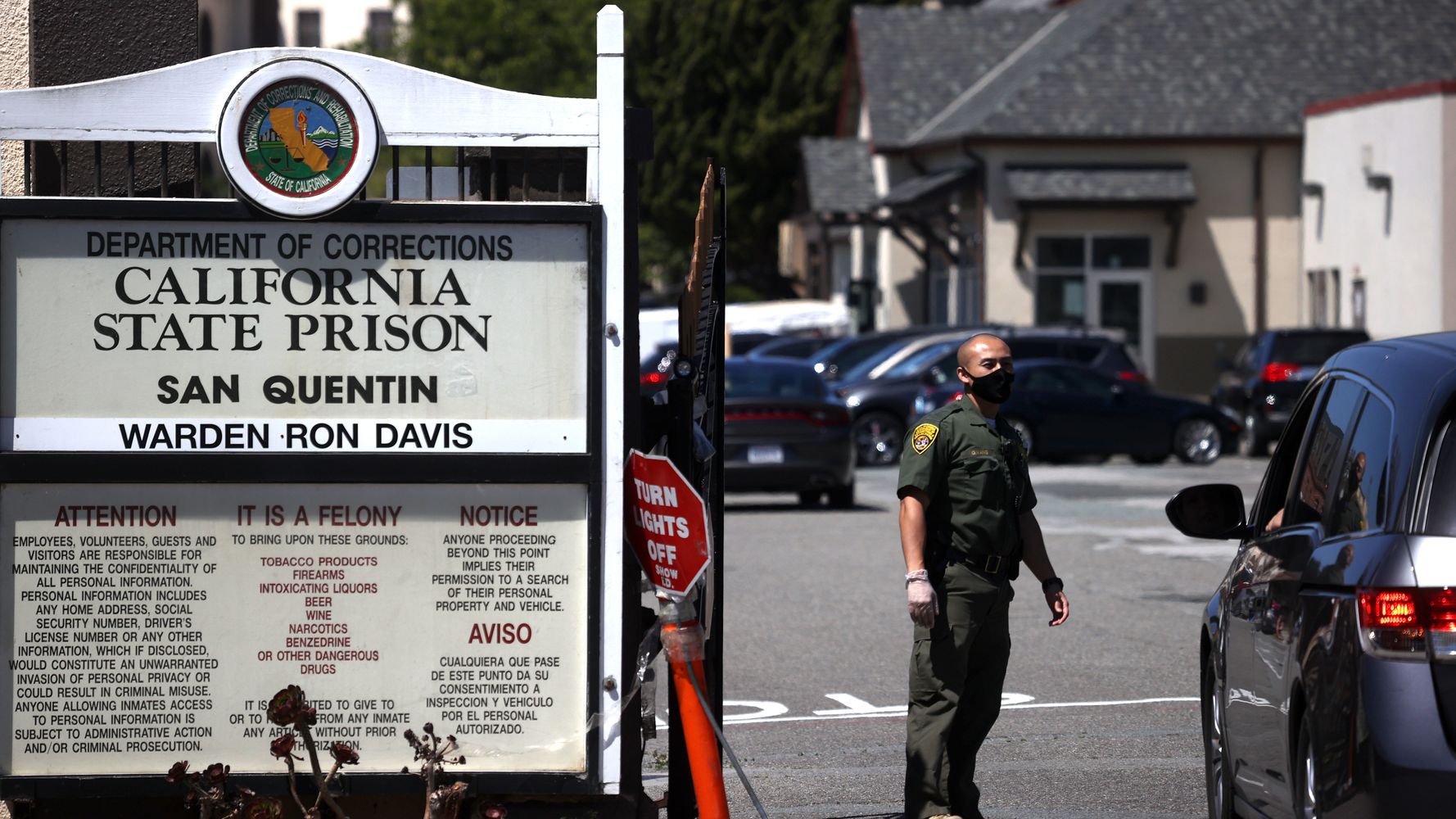[ad_1]
An inspector general’s report skewered the California Department of Corrections and Rehabilitation for its role in creating a coronavirus outbreak at San Quentin State Prison in which over 2,000 incarcerated people got the virus and over two dozen died.
The report released Monday said the California corrections department and its health care services “caused a public health disaster when they transferred medically vulnerable incarcerated persons … without proper safeguards.â€
In late May, after the California Institution for Men in Chino experienced a COVID-19 outbreak, the state’s corrections department decided to transfer out incarcerated people with health issues that could make them more susceptible to severe coronavirus cases. From May 28-30, California Correctional Health Care Services transferred 189 people to San Quentin prison and Corcoran prison. But in making those transfers, staff at the prison, “pressured†by health care services leadership, “inadequately screened†the transferees for the coronavirus, including not testing 172 out of 189 transferees for the virus for at least two weeks prior, per the report. Then they put them on buses that didn’t allow for safe distancing.
Once at San Quentin, 119 of those transferred were placed in a unit with “open bar cells where air could move and circulate†— without quarantining them from the rest of the prison population. Staff were also circulating throughout the prison, “likely transmitting the virus from location to location,†per the report.
Before the transfer, no one at San Quentin had tested positive for the virus. Within a few weeks, over a dozen transferees tested positive for COVID-19. By mid-July, over half of the 3,100 or so people incarcerated at San Quentin were infected and 11 people died. By the end of August, 2,237 incarcerated people and 277 staff had COVID-19, and over two dozen incarcerated people had died.
The report said it found the corrections department’s actions “were deeply flawed and risked the health and lives of the medically vulnerable incarcerated persons.â€

The office of Gov. Gavin Newsom (D) did not immediately respond to a request for comment. In a joint statement from the state corrections department and its health care services, a spokesperson said that “many factors†involved in the transfers were “not reflected in the report,†adding that “some mistakes were made†and the department has since made changes to the transfer process.
An appellate court judge in October ordered San Quentin prison’s population to be reduced by half, calling the COVID-19 outbreak there “the worst epidemiological disaster in California correctional history.†The state Supreme Court later put the ruling on hold, sending the case back down to a lower court.
Coronavirus outbreaks have not been isolated to San Quentin. In late December, coronavirus cases skyrocketed across the state’s prisons, with outbreaks in over a dozen of the 35 state prisons and nearly 1 in 10 people in state prisons with active infections. While case numbers have since decreased in prisons, as they have across the state, half a dozen prisons currently have outbreaks with over 100 active cases.
Over the past year, 195 incarcerated people and 22 staff have died from COVID-19 in California prisons.
People incarcerated in California’s prisons are disproportionately Black ― Black people make up only 6% of the state’s residents, but over a quarter of the prison population. Nationwide, Black people are nearly four times as likely as white people to be hospitalized with the virus and three times as likely to die.
While California’s prison population has been reduced by over 24,000 people since March, bringing the prison population down to around 90,000 — the state’s lowest prison population in three decades — advocates say that is not enough as COVID-19 continues to spread and kill people.
Last weekend, protesters drove in a car caravan across the San Francisco Bay Bridge calling for Newsom to release more people from prisons, with banners reading, “no state executions by COVID-19.â€
Calling all HuffPost superfans!
Sign up for membership to become a founding member and help shape HuffPost’s next chapter
[ad_2]
Source link






